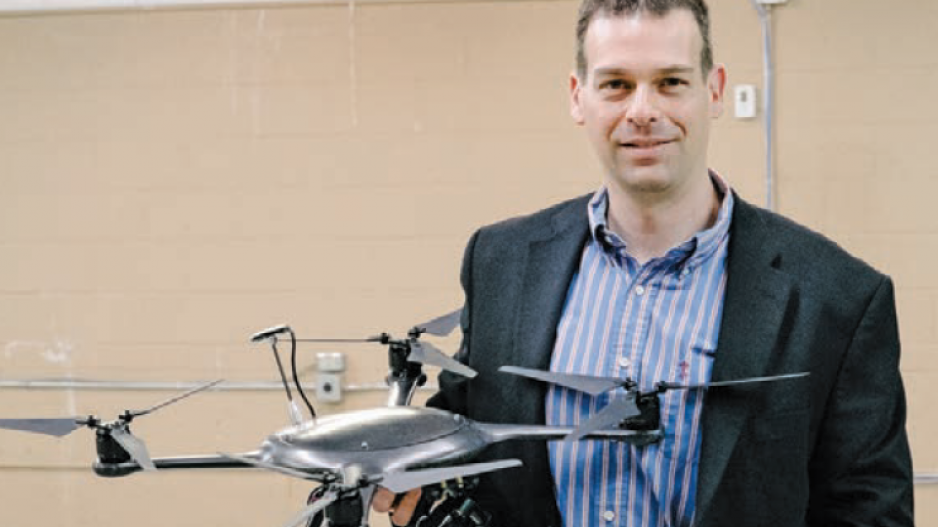Although industry experts say Canada’s drone-use legislation is more progressive than that of the U.S., Amazon’s (Nasdaq:AMZN) drone-delivery program, currently being tested in B.C., is still not legal in practice.
Amazon Prime Air would use low-flying delivery drones to provide same-day delivery for small packages.
However, according to Transport Canada regulations, all drones must be operated within line of sight of the pilot at all times, meaning the pilot must be able to see the drone.
Noam Kenig, CEO of AerialX, a Vancouver-based company that sells unmanned aerial vehicles (UAVs) and offers drone operation and consulting services, is optimistic that the rule will change as the technology improves.
“Transport Canada has laid out a good framework. Now they just have to keep adding to it as the industry improves.”
Kenig added that in terms of encouraging a drone industry, Canada is well ahead of the U.S., where UAVs are regulated by the Federal Communications Commission and the Federal Aviation Administration and commercial drone use is illegal, though exceptions are sometimes granted.
The popularity of drone use has soared in recent years, particularly in the construction and real estate markets. Yet many operators might be flying illegally, warns Calvin Reich, commercial account executive at Capri Insurance in Vernon, which offers insurance for UAVs.
All commercial drone pilots are required to have insurance and a Transport Canada permit.
According to Reich, many pilots believe they can operate without a permit under exemptions laid out by Transport Canada because they use a lighter craft, but that’s often not the case.
Reich said that almost all of his new customers have been UAV operators.
He said many of his clients don’t realize that they still need a special flight operations certificate because of restrictions placed on urban airspace.
Not only has new technology made drones more practical, it has also made it easier to build them. Co-founded by Mark Anthony Wijaya with three fellow students at Simon Fraser University (SFU), Avian Robotics produces drones for security use.
It uses 3D printers to create the components for its machines, each of which can be personalized to suit client needs.
Because drones are so specialized, Wijaya said mass-
producing them doesn’t make sense. As 3D printing improves, so will the scalability of his product.
Avian Robotics has already found its first client in SFU, which will use drones as part of its campus security system. The company has also been approached by prospective customers from all over the world. Wijaya said he wants to focus on delivering a proven product to one client before setting his sights further.
The safety of unmanned aircraft buzzing overhead is often questioned by critics, but Kenig said full automation of drone flight will solve most of these problems.
“It’s never going to be 100% safe. But if you look at shows like [air crash investigation TV series] Mayday … the crashes are almost always because the pilot took control from the autopilot.”
AerialX sells what Kenig calls “military-grade” UAVs made of carbon fibre to commercial clients at between $25,000 and $30,000 each.
The company offers both a fixed-wing design that looks like a miniature plane and the multi-rotor design popularized by consumer models.
He said that if companies get away from using “toys” and use UAVs with more sophisticated autopilot systems the industry will be safer.•




